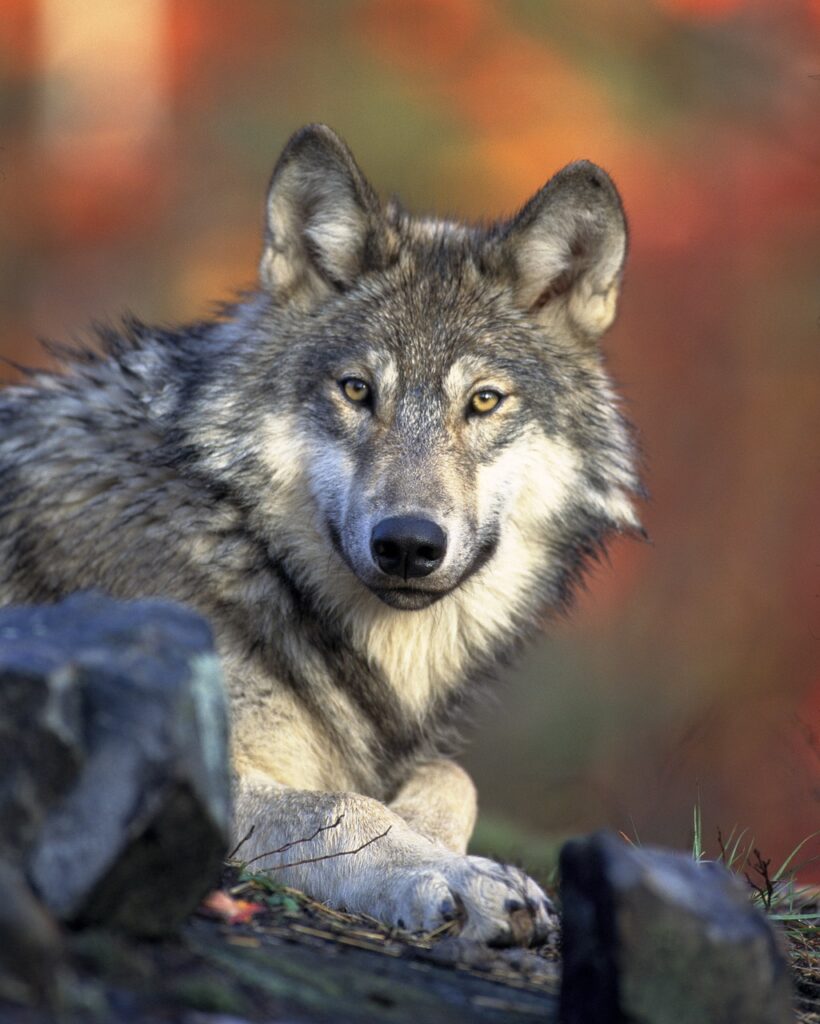Chris Baker, Virpi Barrett
As we are transitioning into a renewable electricity grid, are we repeating the mistake we made with the wolves in the Yellowstone National Park in the USA?
About 100 years ago we didn’t understand the importance of biodiversity and the connectedness of wildlife in an intact ecosystem. We killed the wolves. Over the following seventy years, the elk populations grew, and they overgrazed willow trees and aspen. Without the trees, beavers couldn’t build dams and the resulting streams further eroded the living conditions of the willow trees beside the rivers. Without the shade of the trees, the water got too warm for the cold-water fish and without safe nesting the songbirds disappeared.
“Twenty-five years ago, we changed the path of Yellowstone National Park for the better. One action changed the soil, the growth of plants and grasses, and the diversity and populations of wildlife throughout the park. It even changed the way the rivers flow. And all we did was bring back wolves.” 1
The wonderful impact of reintroducing just a few individuals of this keystone species 2 was a surprise that even the wolf advocates didn’t foresee.

What does this have to do with a renewable energy grid?
Our legacy electricity infrastructure and market structures were built to suit large thermal power plants with a steady stream of power output. Simply replacing coal with variable renewable generation will disturb the natural life of that ecosystem. What we need to do, is to mimic the wolves.
Superhybrid, a novel concept developed by Sunshine Hydro, does just that. Superhybrid buys the output of wind and solar farms to pump water up the hill and to produce green fuels. Clever optimisation results in a round-the-clock electricity supply, like the “baseload” generated in a coal-fired power plant. Additionally, Superhybrid provides peaking power similarly as a gas-fired power plant, grid support and carbon-free transport fuels.
Superhybrid is managed differently from a typical pumped hydro station. It’s managed by purpose-built software called AESOP, focusing on two tasks. Firstly, utilising all renewable energy, hour-by-hour, without curtailing it and secondly, defending baseload supply – even through days and weeks of calm and cloudy conditions. And almost surprisingly, the outcome is more profitable than when optimising pumped hydro purely based on market price signals.
Superhybrid is the apex predator of the renewable grid and just like the wolf it depends on other species for its life. It doesn’t create energy, but it creates flexible loads that allow wind and solar farms to thrive, and it creates 24/7 supply allowing people and industry to thrive.
Just like the wolves kept the river flows on the course, Superhybrids can defend the existing transmission infrastructure in a renewable energy grid. The system strength allows other species not even related to the keystone species to thrive. The peaking power dampens the price spikes for consumers just like the willow trees kept the rivers shaded for the fish. Without curtailment risk investors can confidently build renewables to power communities just like the trees enabled beavers to build their dams and manage water flows.
Leverage of Keystone Species
As typical for keystone species, whether wolves or Superhybrids, a small number of individuals can have a disproportionately large effect on the ecosystem.
There are only about 100 grey wolves in Yellowstone National Park, but they make a positive difference to many other species. For example, the number of beaver colonies has increased from one to nine since the wolves were reintroduced. The few keystone species individuals brought a changing ecosystem for beetles, wolverines and lynx; they evened out seasonal pulses of runoff; and they recharged the water table and increased willow stand for songbird habitat.
In the renewable electricity grid, the keystone species of Superhybrid allows a higher wind turbine population, greater system strength, and better use of transmission by evening out the generation exported from a Renewable Energy Zone (REZ). They create resilience against calm and cloudy days and seasonal variations. They also provide 24/7 Carbon Free Energy and green fuels.
Re-introducing the wolves wasn’t easy. It took decades of advocacy to change people’s misperceptions to ensure the future of the wolf in the U.S. Just like the wolves, Superhybrids need advocates and supporters. Sunshine Hydro is raising capital through crowdfunding in November and invites everyone to consider participating in building a resilient renewable energy ecosystem. (Always consider the general CSF risk warning and offer document before investing.)
We’d like to thank Public Utilities Fortnightly for publishing a shorter version of this blog in the US. You can read it here.
- We were wrong about the wolves. ↩︎
- Keystone Species ↩︎
- Image by WikiImages from Pixabay ↩︎



